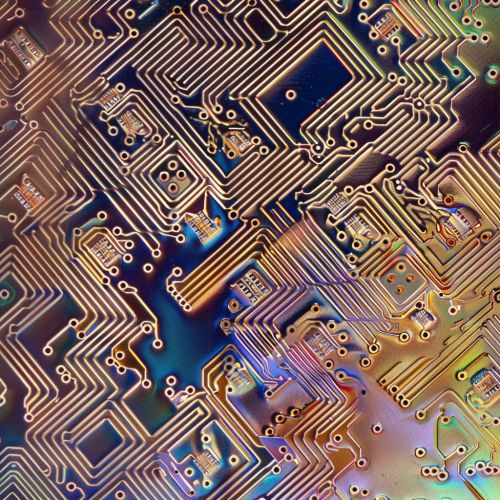Doping (semiconductor)
Introduction
Doping, in the context of semiconductors, refers to the process of intentionally introducing impurities into an extremely pure, or intrinsic, semiconductor to change its electrical properties. The impurities are dependent upon the type of semiconductor. Silicon and germanium, for instance, are two widely used semiconductors in the production of electronic devices. The process of doping is fundamental to the operation of electronic devices and is used in the manufacturing of transistors, diodes, and all modern electronic devices.


Doping Process
The doping process involves several steps. The first step is the preparation of the semiconductor material. This is usually done by growing a crystal of the semiconductor in a controlled environment. The crystal is then cut into thin wafers, which are polished to remove any defects on the surface.
The actual doping process can be done in several ways. One common method is diffusion, where the dopant is heated until it turns into a gas, which then diffuses into the semiconductor. Another method is ion implantation, where the dopant is ionized and then accelerated towards the semiconductor. The ions penetrate the surface of the semiconductor and become lodged in the crystal lattice. The depth of penetration can be controlled by the acceleration voltage.
Types of Doping
There are two types of doping: n-type and p-type. In n-type doping, the dopant atoms have more valence electrons than the atoms in the semiconductor, resulting in an excess of negative charge carriers (electrons). Common n-type dopants for silicon include phosphorus and arsenic.
In p-type doping, the dopant atoms have fewer valence electrons than the atoms in the semiconductor, resulting in an excess of positive charge carriers (holes). Common p-type dopants for silicon include boron and gallium.
Role in Semiconductor Devices
Doping plays a crucial role in the operation of semiconductor devices. In a transistor, for instance, a thin layer of p-type semiconductor is sandwiched between two layers of n-type semiconductor. This creates a p-n junction, which allows current to flow in one direction but not the other. The amount of current that can flow through the transistor can be controlled by changing the voltage across the p-n junction, allowing the transistor to act as a switch or amplifier.


Challenges and Future Directions
While the process of doping has been instrumental in the advancement of electronics, it also presents several challenges. One of the main challenges is the control of the doping process. As devices continue to shrink, precise control of the dopant distribution becomes increasingly difficult. This is a major area of research in the field of semiconductor technology.
